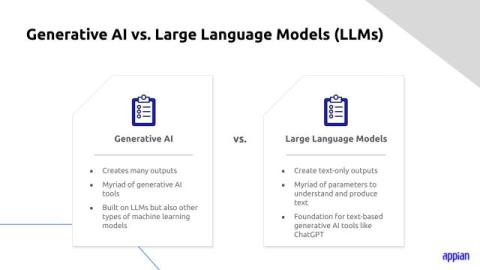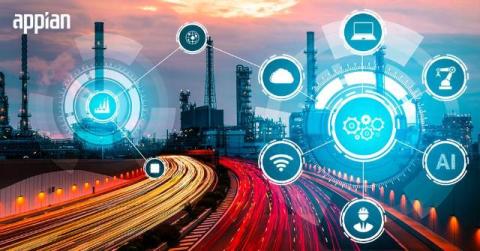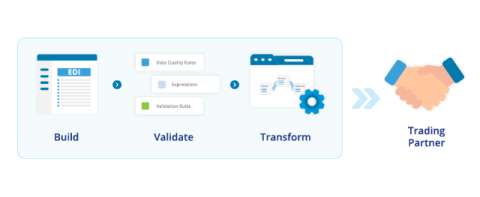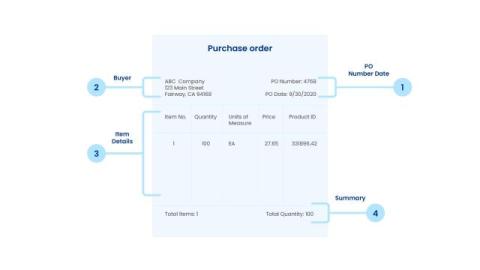AML AI Software: 5 Big Benefits for Your Financial Services Processes
In the world of banking, challenges abound. Fragmented processes and add-on technologies that don’t integrate well with legacy equipment pose issues for financial institutions already struggling with ever-increasing regulatory compliance requirements and customer expectations. Banks have invested heavily in anti-money laundering (AML) solutions to keep up with heightened risks and remain competitive.











